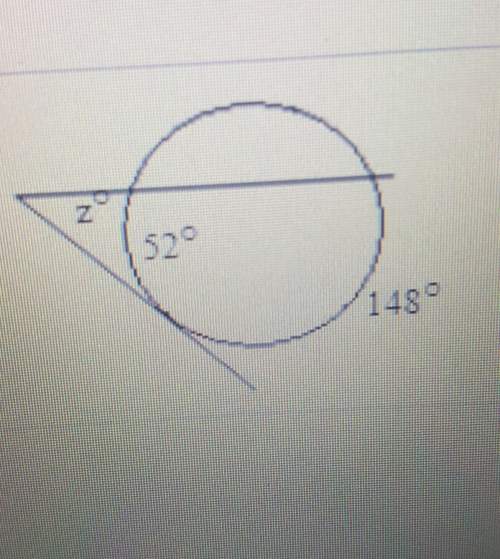
Mathematics, 19.07.2021 19:40 eddsworldfrantic
A common inhabitant of human intestines is the bacterium Escherichia coli, named after the German pediatrician Theodor Escherich, who identified it in 1885. A cell of this bacterium in a nutrient-broth medium divides into two cells every 20 minutes. The initial population of a culture is 50 cells.
(a) Find the relative growth rate.
k = hr−1
(b) Find an expression for the number of cells after t hours.
P(t) =
(c) Find the number of cells after 6 hours.
cells
(d) Find the rate of growth after 6 hours. (Round your answer to the nearest integer.)
cells/h
(e) When will the population reach a million cells?
h

Answers: 2
Another question on Mathematics


Mathematics, 21.06.2019 22:40
Find the missing factor. write your answer inexponential form.9^2=9^4×
Answers: 1

Mathematics, 22.06.2019 00:20
Which of the following is equal to the square root of the cube root of 5 ? (1 point) 5 to the power of 1 over 3 5 to the power of 1 over 6 5 to the power of 2 over 3 5 to the power of 3 over 2
Answers: 1

Mathematics, 22.06.2019 01:30
Henry's butcher shop uses an electronic scale that measures to 1/100 of a pound. which is the most accurate measurement based on the limitations of the scale that might be found on a package of meat sold by henry?
Answers: 2
You know the right answer?
A common inhabitant of human intestines is the bacterium Escherichia coli, named after the German pe...
Questions



English, 08.06.2021 05:00


Mathematics, 08.06.2021 05:00

Physics, 08.06.2021 05:00

Mathematics, 08.06.2021 05:00

English, 08.06.2021 05:00

Mathematics, 08.06.2021 05:00



Mathematics, 08.06.2021 05:00

Mathematics, 08.06.2021 05:00

Computers and Technology, 08.06.2021 05:00









